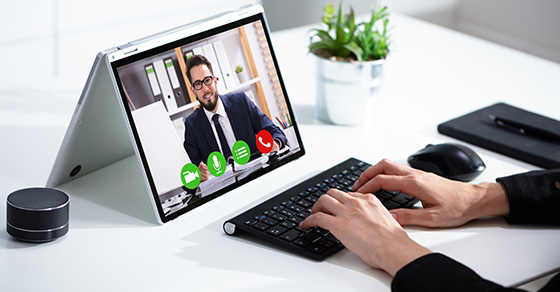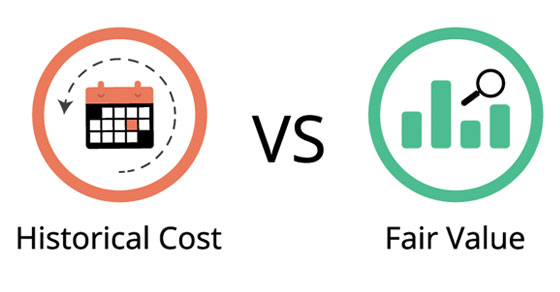Remote audit procedures can help streamline the audit process and protect the parties from health risks during the COVID-19 crisis. However, seeing people can be essential when it comes to identifying and assessing fraud risks during a financial statement audit. Virtual face-to-face meetings can be the solution.
Asking questions
Auditing standards require auditors to identify and assess the risks of material misstatement due to fraud and to determine overall and specific responses to those risks. Specific areas of inquiry under Clarified Statement on Auditing Standards (AU-C) Section 240, Consideration of Fraud in a Financial Statement Audit include:
- Whether management has knowledge of any actual, suspected or alleged fraud,
- Management’s process for identifying, responding to and monitoring the fraud risks in the entity,
- The nature, extent and frequency of management’s assessment of fraud risks and the results of those assessments,
- Any specific fraud risks that management has identified or that have been brought to its attention, and
- The classes of transactions, account balances or disclosures for which a fraud risk is likely to exist.
In addition, auditors will inquire about management’s communications, if any, to those charged with governance about the management team’s process for identifying and responding to fraud risks, and to employees on its views on appropriate business practices and ethical behavior.
Seeing is believing
Traditionally, auditors require in-person meetings with managers and others to discuss fraud risks. That’s because a large part of uncovering fraud involves picking up on nonverbal cues of dishonesty. In a face-to-face interview, the auditor can, for example, observe signs of stress on the part of the interviewee in responding to the question.
However, during the COVID-19 pandemic, in-person meetings may give rise to safety concerns, especially if either party is an older adult or has underlying medical conditions that increase the risk for severe illness from COVID-19 (or lives with a person who’s at high risk). In-person meetings with face masks also aren’t ideal from an audit perspective, because they can muffle speech and limit the interviewer’s ability to observe facial expressions.
A videoconference can help address both of these issues. Though some people may prefer the simplicity of telephone or audioconferences, the use of up-to-date videoconferencing technology can help retain the visual benefits of in-person interviews. For example, high-definition videoconferencing equipment can allow auditors to detect slight physical changes, such as smirks, eyerolls, wrinkled brows and even beads of sweat. These nonverbal cues may be critical to assessing an interviewee’s honesty and reliability.
Risky business
Evaluating fraud risks is a critical part of your auditor’s responsibilities. You can facilitate this process by anticipating the types of questions your auditor will ask and ensuring your managers and accounting personnel are all familiar with how videoconferencing technology works. Contact us for more information.
© 2020





